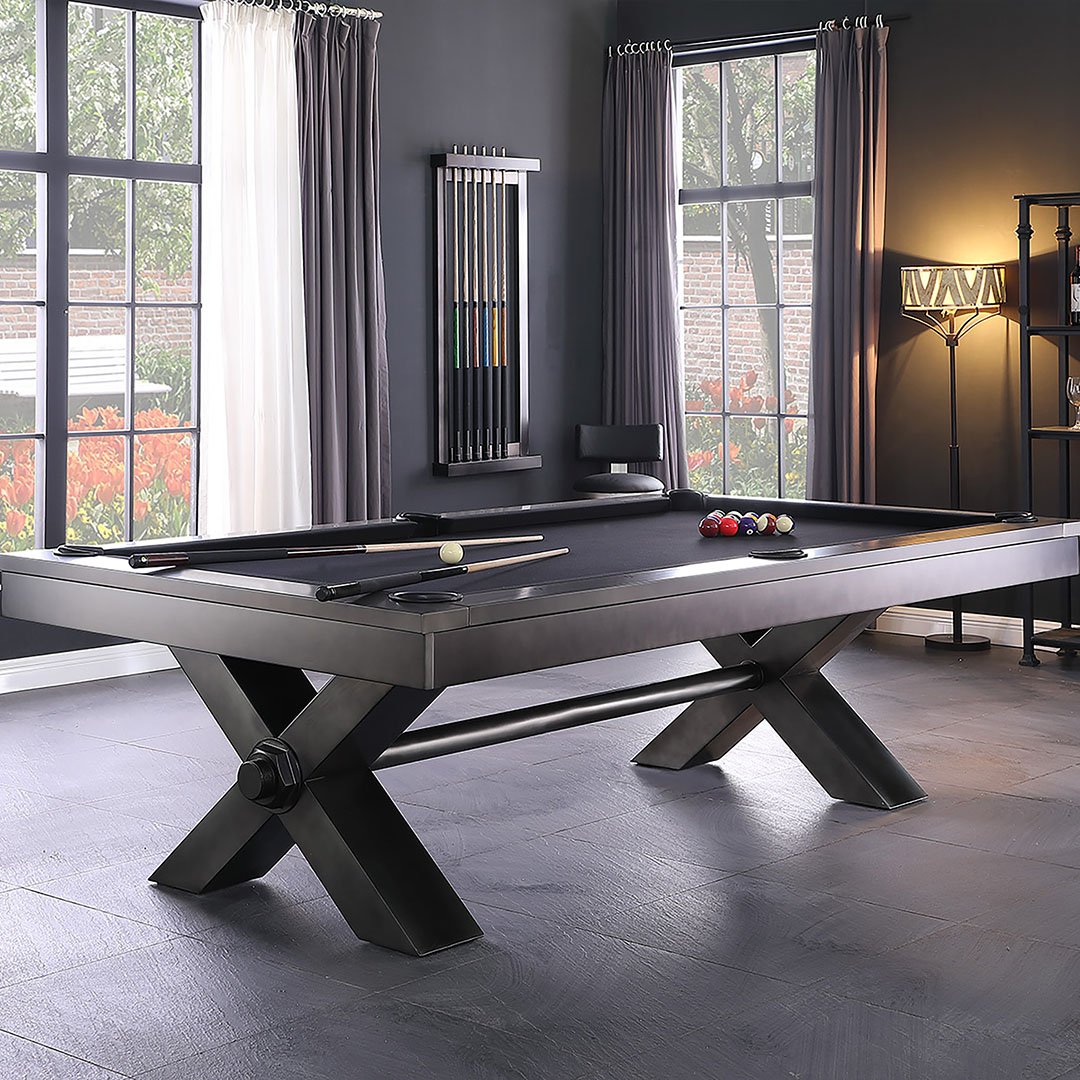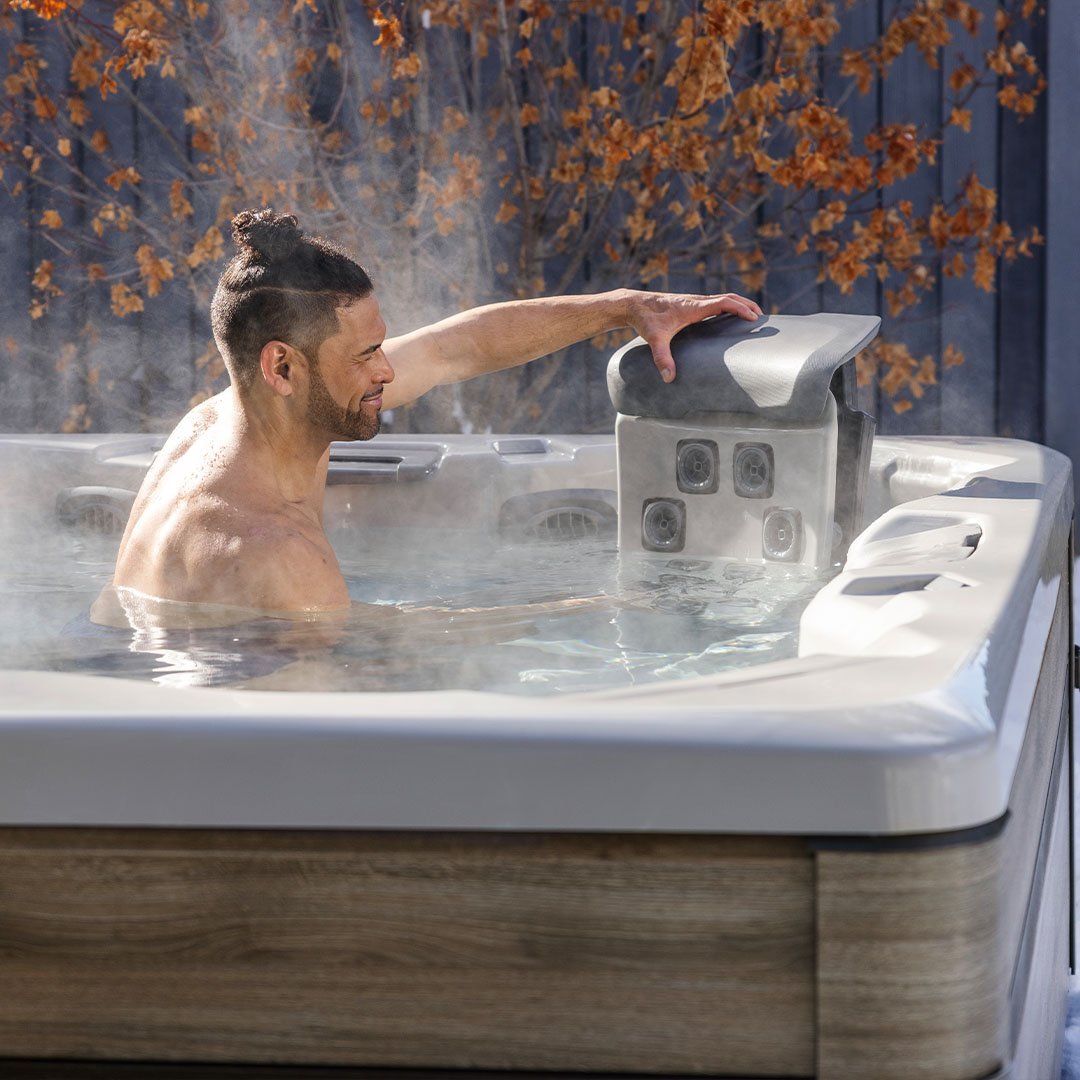How to Remove an Above Ground Pool Ladder
An above ground pool ladder is an essential accessory that provides safe and convenient access in and out of your pool. Most above ground pools will come with some type of ladder, with common styles being A-frame ladders, deck ladders, pool steps, and classic pool ladders that rest on the pool ledge. These ladders are typically made from durable and corrosion-resistant materials like resin, acrylic plastics, stainless steel, or aluminum. They attach securely to your pool and deck to ensure stability.
Understanding the Basics of an Above Ground Pool Ladder
Benefits of Having an Above Ground Pool Ladder
There are many great reasons to have a pool ladder installed for your above ground pool:
- Allows safe and easy access into and out of the pool for all family members
- Prevents injuries from falling or rough pool entry
- Provides secure handrails and flat steps to prevent slips
- Distributes bather weight better than pool steps
- Available in heights matching your exact pool size
Additional benefits include:
- Provides stable handholds for shorter swimmers who can't reach pool top railings
- Allows swimmers to control the speed of entry and exit instead of hoisting themselves over sharply
- Footholds prevent slipping on wet pool liner walls
- The gradual slope of ladder steps is gentler on hips and knees than pool step vertical drops
- Handrails offer support assistance for elderly swimmers or those with mobility limitations
- Proper ladders rated for pool depth allow safe underwater touches during swimmer play activities
- Provides designated entry and exit points to prevent damage to pool liner walls from excessive climbing on/off
Choosing the optimal above ground pool ladder style and height for your backyard oasis ensures family and guests can comfortably access the water safely all season long. Ladder installation for above ground pools should never be considered optional - it is an absolute must for danger-free summer memories year after year. Invest in stability, safety, and confidence by adding a pool ladder before your very first dip!
Why Removing Your Pool Ladder is Necessary
While above ground pool ladders provide security and access when installed properly, there comes a time when removal is required:
- Seasonal Storage: When winterizing your above ground pool for the cold season, the ladder will need to be removed, thoroughly cleaned, and stored away safely until the next swim season. Leaving the ladder attached during winter months increases the risk of weather damage from freezing temperatures, heavy snow weight, and corrosion that may impact safety and function for the next summer.
- Pool Maintenance: You may need to detach the ladder to make repairs or alterations to the pool walls, pump systems, or surrounding patio areas. Ladder removal provides better access for maintenance crews to conduct structural reinforcement, upgrades to filtration components, replacement of old skimmer parts, or patching liner holes.
- Safety Concerns: If you discover damage, excessive wear, loose bolts, or stability issues with older ladders, immediate removal is smart until a replacement ladder can be installed safely. Compromised or unstable ladders pose serious risks of falls, entrapments, or detachment mid-climb, which may cause severe bodily harm.
- Redesigning Deck Area: Upgrading or resurfacing the pool deck also requires temporary ladder removal in most cases. Resurfacing concrete or composite materials around in-deck ladder anchors requires ladder detachment to allow proper application and setting underneath mount points. Accessory upgrades like hot tubs, water features, or patio bars may necessitate relocating or resizing your pool ladder.

Step-by-Step Procedure for Removing an Above Ground Pool Ladder
When it comes time to detach your above ground pool ladder, follow this detailed process for safe removal:
Prepping the Ladder for Removal
- Assemble Tools: You’ll need a Phillips or flathead screwdriver, adjustable wrench, hammer, pry bar, tape measure, marker, and ladder cleaning brush.
- Clear the Area: Make sure no toys, debris, or furniture blocks access to the ladder. Turn off pool pump systems if servicing connections. Inspect for damage.
- In Winter: When prepping an above ground pool ladder for off-season removal in colder states like Ohio and Michigan, first lubricate metal parts to prevent "freeze-seize" fusion from moisture and freezing. Use a rubber mallet to gently loosen stuck rungs or rails. On snowy days, shovel all access paths completely before attempting removal to prevent slips when moving the ladder. Examine all ladder joints, bolts, steps, and vertical rails for damage before attempting removal. Note any cracked plastic or risky corrosion.
The Actual Ladder Removal Process
With prep work complete, it's time to detach the ladder:
- Step 1: Drain water from above ground pool at least 1 foot below normal level if possible. This allows you to reach the hardware and clears some weight from the ladder.
- Step 2: Flip up security gates or remove barriers blocking access to ladder mounts if equipped.
- Step 3: Loosen all nuts, screws, and clamps, attaching the ladder to the pool wall or surrounding deck using the appropriate tools.
- Step 4: Carefully slide the ladder upwards and then tilt the base away from the pool wall to fully separate. Pry gently with a screwdriver if needed, but don't force.
- Step 5: Maneuver the ladder away from the pool area and lay it on flat ground for cleaning, storage, or transport.
- Step 6: Inspect wall mounts left behind and sand smooth or fill in holes as needed for safety.
If winter temperatures cause mounting bracket plastics to become brittle, apply warm compresses for several minutes at all connection points before trying to dislodge them. Move components slowly to prevent cracking.
What to do After Removing the Ladder
Once the ladder is fully detached from above ground pool, shift your focus to protection and maintenance:
- Install security fencing with locks to prevent unsupervised pool access without the ladder. Never leave the pool fully accessible yet ladderless.
- Consider stabilizer braces or balusters that attach to the pool wall for support if no ladder is installed for a prolonged timeframe.
- Thoroughly clean, dry, and store the ladder in a secure location away from weather exposure, UV rays, and moisture during the off-season or until your next ladder is purchased. Use spray lubricants to prevent corrosion buildup and rust if the ladder is metal.
- Properly dispose of severely corroded or structurally unstable ladders at approved waste management facilities.
- Research and order a replacement ladder that correctly fits your pool’s specifications.
Above Ground Pool Safety & Accessory Tips
When managing your above ground pool ladder, keep safety at the forefront:
Useful Safety Tips and Precautions
- Never allow unsupervised access to the pool, especially by children, when the ladder has been removed. Fence off the pool securely.
- Do not attempt to climb into and out of an above ground pool without the support and stability of a ladder. Serious injury risks exist.
- When removing hardware attaching the ladder, be cautious of sharp bolts, brackets, or plastic edges that could scrape hands.
- Seek assistance moving extremely heavy or awkward ladders to prevent muscle strains.
Other Safety Accessories for Your Pool:
Installing a few key safety accessories and following prudent precautions protects your family’s above ground swimming pool enjoyment:
- Perimeter Fencing: Fully enclose your pool with at least a 4-foot tall fence and locking gate to prevent unsupervised access. Ensure the fence has a self-closing latch located high out of small children’s reach. Childproof locks and installing a separate interior fence can provide additional barriers for homes highly susceptible to curious wanderers.
- Slip-Resistant Surfaces: Choose rough textures for your pool ladder steps, pool floor, and surrounding patio/deck areas. Opt for poured concrete, stone, wood composites, or special non-slip acrylic coatings to avoid falls on slick wet surfaces. Check slip-resistant surfaces at least annually to ensure grip treatment remains intact, reapplying special paints or adhesive treads as needed.
- Lighting: Outdoor lighting around the pool perimeter and underwater allows safer night swimming and supervision in dim conditions. Ensure proper GFCI electrical setups. Have a licensed electrician inspect lighting routinely to check for short circuits and ensure lumen output remains high for visibility.
- Safety Signage: Post NO DIVING warnings plus overview safety signage indicating basic policies like adult supervision requirements, emergency contacts, restrictions on glass items, etc. Replace faded safety signs every two years or when rules change to maintain high visibility of expectations for all visitors.
- Storage: Securely stow all cleaning equipment like vacuums, skimmers, brushes, and chemical containers in a locked shed when not in use to prevent access by unsupervised children. Mount sheds safely away from high activity zones to prevent collision injuries and ensure door hinges and locks function properly.
Read our guide on above ground pool safety and accessories for more information.

How to Make an Above Ground Pool Ladder More Stable
Does your above ground pool ladder still feel shaky or unstable when people climb on it? Ladder stability is a crucial safety issue. Check out these tips to reinforce a wobbly pool ladder:
- Tighten all bolts, clamps, screws, and connections securing the ladder mounts, steps, and vertical rails. Hardware loosening over time is the primary cause of a now-rickety pool ladder.
- Ensure the ladder base rests completely flush and firmly on the pool decking or backyard surface with no gaps underneath that allow movement side-to-side when weight is applied while climbing up and down steps.
- Consider switching to larger deck anchor brackets or thicker foot pads on the bottom ladder rails to better grip the surface below.
- Attach thin foam backer rod in gaps under ladder feet to prevent rocking yet still allow water drainage.
- Check that the deck surface or earth below ladder feet remains sturdy and compact, without erosion or sinkholes that prevent solid contact. Refill holes with cement or compact soil.
- Supplement with freestanding balusters attached to pool top ledge next to ladder for additional user support assisting entry and exit if ladder alone still feels unstable.
To learn more about stabilizing your pool ladder, click here.
Upgrade with the Latest in Above Ground Pools with Watson's
For decades, Watson’s has been a trusted family-owned retailer providing high-quality above ground swimming pools, safety-tested ladders, and all the backyard accessories you need at our network of superstores. Our team helps homeowners select durable and easy-to-maintain above ground pools sized right for their available space, yard access, local building codes, and family's budget. Whether you need friendly advice, proper tools, or professional pool and ladder installation - Watson's knowledgeable staff has you covered!
Upgrade with the latest in above ground pools from Watson's.
Frequently Asked Questions
How do I remove an above ground pool ladder with damaged mounting brackets?
If mounting brackets securing your ladder to the pool wall or surrounding deck are broken, first stabilize the ladder temporarily using strong duct tape or clamps. Then gently pry brackets loose while supporting the ladder to prevent crashing. Safely lower the ladder and transport it for proper disposal. Patch holes appropriately.
Can I remove my pool ladder myself or do I need to hire a professional?
With some mechanical skill and proper tools, an average homeowner can usually handle safe ladder removal solo if the installed brackets are still intact and removable. But for tricky reinforced anchors, heavy unwieldy ladders requiring 2 people, or structural issues discovered mid-removal - seeking professional assistance swap can prevent injuries or property damage.
What kind of pry bar tool works best to detach stubborn pool ladder mounting hardware?
A pry bar with 8-12 inches of length and a curved forked end provides optimal leverage if simple wrenches/screwdrivers can’t loosen tricky ladder fasteners after spraying with lubricant. Ensure the pry bar tip has a protective coating to avoid severely scratching hardware, ladder, or pool walls when nudging clinging brackets free.










